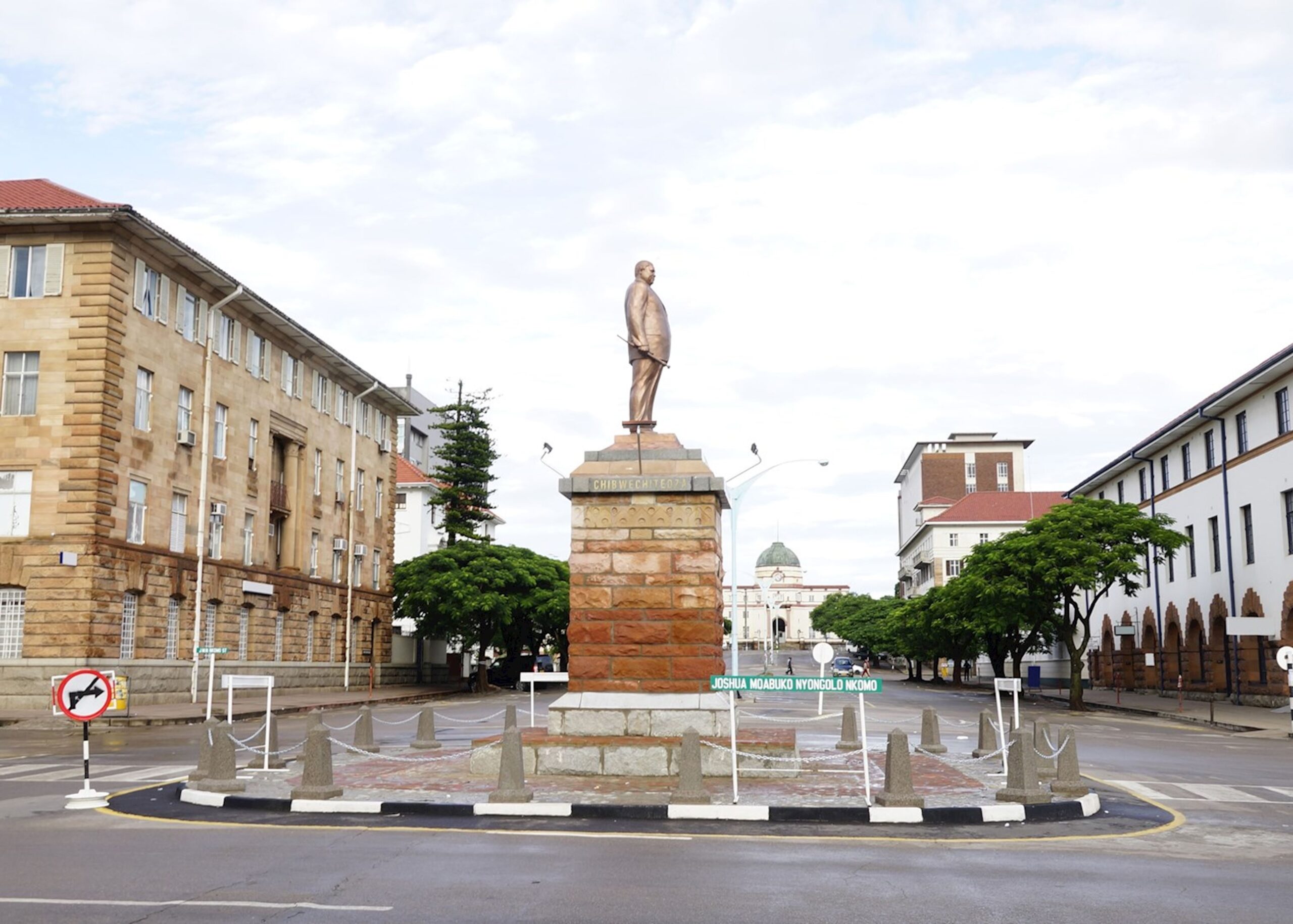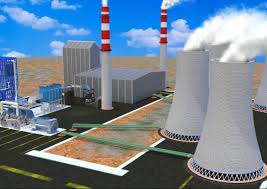Zim to build two new generators at Hwange
The Government has started preparatory works for the development of two additional units at the Hwange Power Station to boost the country’s base load capacity.
This comes after the commissioning of Hwange units 7 and 8 in August last year, which has helped offset subdued power output at the Kariba hydroelectric plant due to low water levels.
The Zambezi River Authority (ZRA)recently said that live water levels were around 12,8 percent in early June 2024, compared to 29,1 at the same stage.
Amid the devastating effect of climate change on rainfall, dependency on hydro-power sources has become unreliable.
During the first quarter of this year, the ZRA also revealed it was maintaining the 16 billion cubic metres of water allocation to ZESA and the Zambian utility ZESCO, translating to a combined annual average power production of 428MW, shared equally, or 214MW per utility.
However, the Government is looking to further increase domestic generation capacity through new projects to ensure adequate supply to key productive sectors such as mining, manufacturing, and agriculture, which are seeing increased activity, subsequently boosting electricity demand.
Household consumption is also projected to increase putting more pressure on national grid power.
With this increased activity, electricity demand is projected to continue growing to about 5 177MW by 2030, creating scope for further development in power generation initiatives.
In the Budget Strategy Paper 2025, Finance, Economic Development and Investment Promotion Minister Professor Mthuli Ncube indicated that the completion of the Hwange Units 7 and 8 expansion project had significantly improved the energy supply to ameliorate deficits at Kariba.
“In this regard, further investment and policy reforms to meet the growing electricity demand will be scaled up through implementation of new projects, as well as maintenance and refurbishment programmes of existing power generation units,” said Professor Ncube.
“In this regard, the Government has started project development activities for the development activities of Hwange Units 9 and 10 that will underwrite the country’s base load and energy mix.”
Professor Ncube also added that through its Project Implementation Agreement, the Government had provided risk mitigation incentives that should boost the bankability of all solar projects implemented through independent power producers (IPPs).
“The scheme will upscale investments in clean energy sources for the country, as well as improve the resilience of the sector from climatic shocks,” said Professor Ncube.
The Government would also continue investing in mini-hydropower plants, solar projects, and bio-digesters under the Rural Electrification Fund to increase grid capacity.
The initiative was expected to further enhance power supply coverage across the country and help boost economic activity even at grassroots levels.
Minister Ncube said the Government would also partner with the private sector in implementing off-grid systems, to provide electricity to communities away from the national grid.-herald









